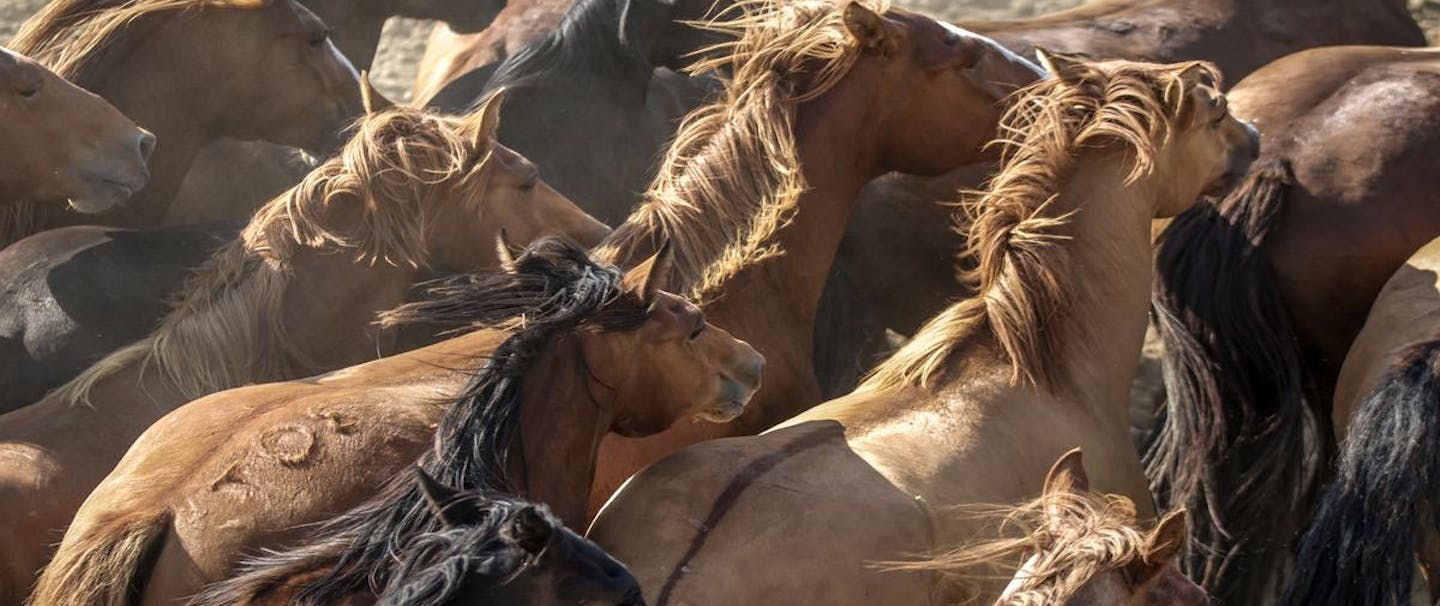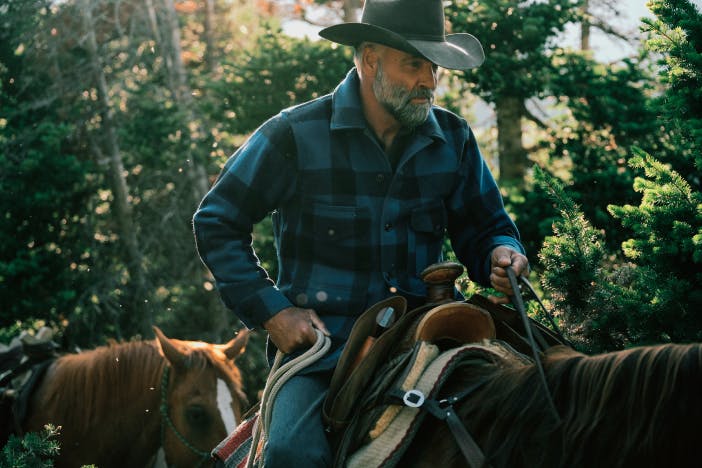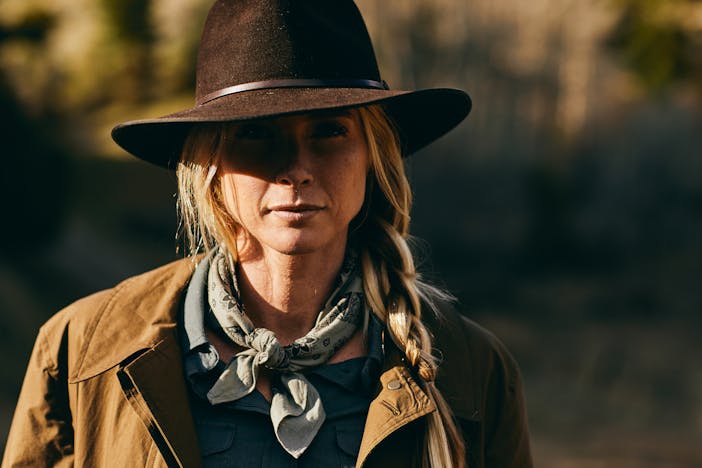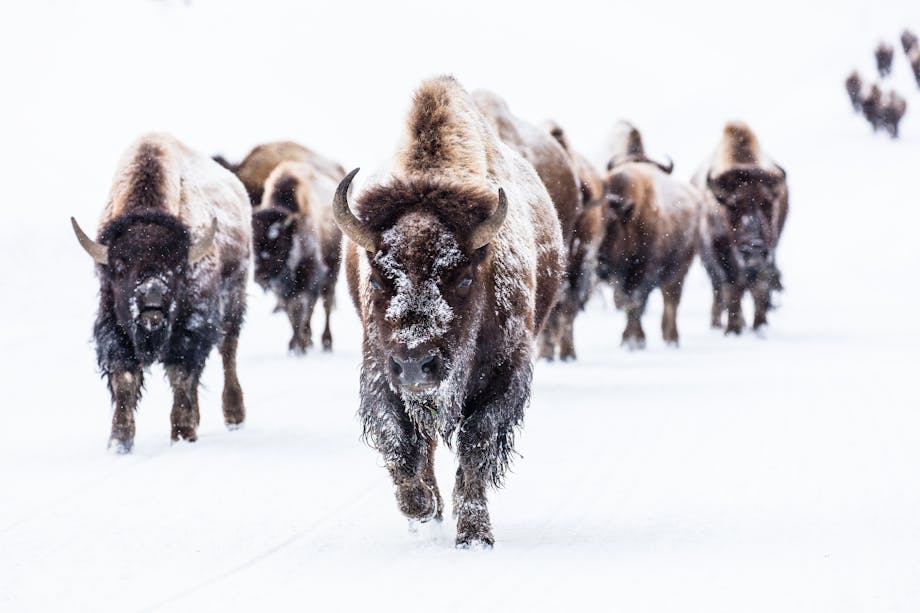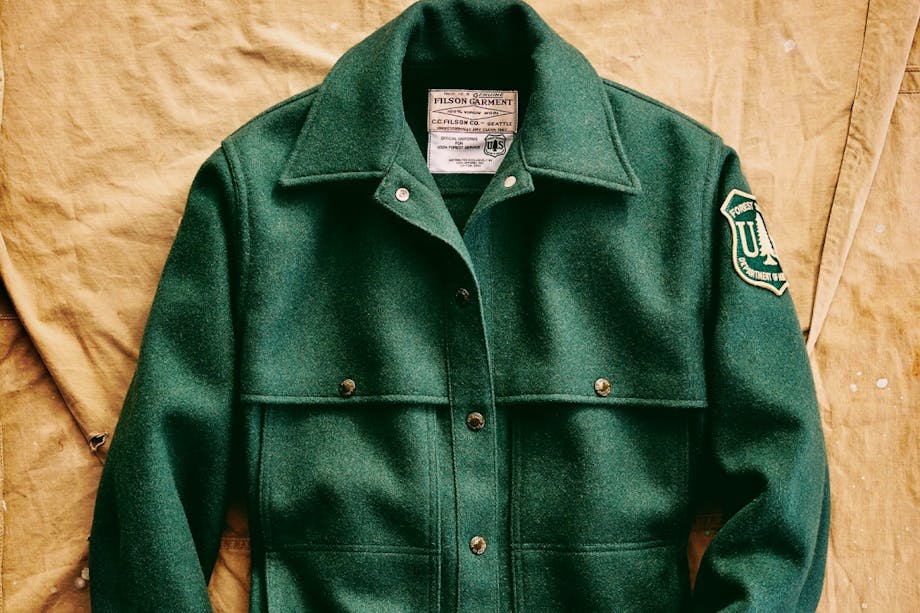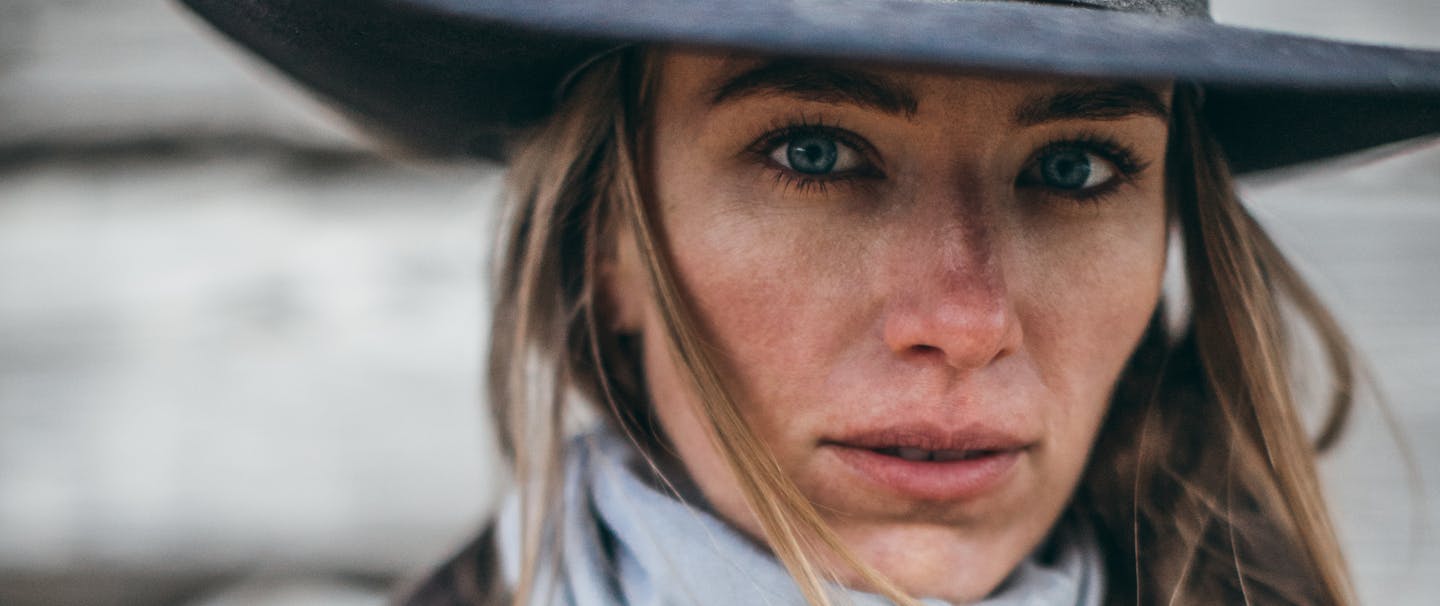The wild horses of the West have occupied the minds of people here since they were reintroduced to the North American continent by Spanish explorers in the 16th century. These first mustangs (from the Spanish mestengo, which means “ownerless beast” or “stray horse”) were the predecessors of the wild horses that roam the desert and grassland ecosystems of the Midwest and Western United States today.
Horses had originally occupied North America but died out around the end of the Pleistocene era (around 9,000 BCE). Once reintroduced by the conquistadores, they rapidly expanded in range and territory and were prized for their stamina, mobility, value, and dependability during periods of conflict. One of the first accounts of Native Americans acquiring mustangs dates to 1541, when Mendoza, a Spanish viceroy, gave Aztec warriors horses to fight in the Mixtón War of Central Mexico.
The Spanish were eventually forced out of New Mexico by the native Pueblo tribes, who acquired many of the abandoned animals and used them as barter with tribes from the Great Plains. The Plains horsemen came to rely on the mustang for buffalo hunting (and the increased trading opportunities the bison meat provided) and to improve the range of their camps—an advantage over other tribes. Horses became a symbol of wealth in many tribes and were valued as trophies to be taken by braves in battle. By the early 18th century, fur trappers, Indian scouts, drovers, soldiers, and pioneers coming out West came to depend upon the horse as a regular part of life.
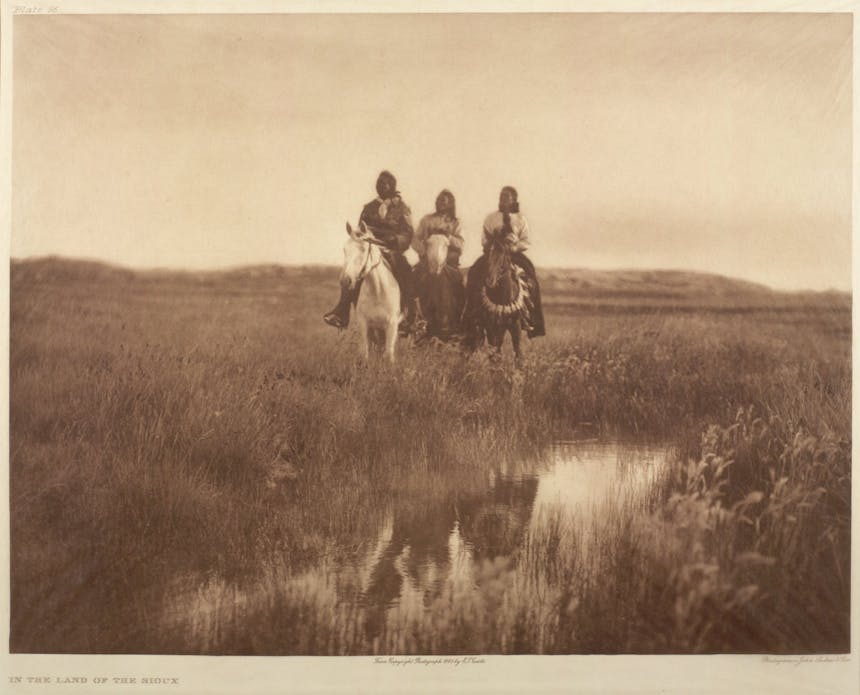
The wild horse was notable for the stocky build of its legs, which made it well suited to travel over long distances without injury. A medium-size horse, the typical mustang measures around 14 hands (a standard horse measurement) and averages 800 pounds. Colors ranging from black to reddish brown to sorrel and combinations of patterns on coats are seen. Apart from the general mustang population, two specific breeds called the tarpan and the Przewalski are recognized as unique genetic lines of the Equus genus that are true wild horses.
The durability of the wild horse or mustang is matched by its ability to readily reproduce: a herd population can double in size every four years. They also have no natural predators and can live up to 40 years. Their population reached an all-time high around 1918, with two million mustangs roaming over North America.
With such a visible and sustained role and presence over the past 500 years, the wild horse has become deeply ingrained in our nation’s psyche, even to the present day. It became the symbol of the Pony Express mail service, with couriers on horseback crossing the nation from Missouri to California from April 3, 1860 to October 1861. Modes of transportation such as the stagecoach utilized wild horse herds as an inexpensive and plentiful source of animals, working in teams of up to eight at a time.

In his travels out West, the American painter George Catlin (1796-1872) captured many scenes of life in the American wilderness. Often, his artwork portrayed Native Americans engaged in hunting, riding wild horses that had been broken. The artist observed the animal directly in his travels, and noted the valuable role it occupied:
“The tract of country over which we passed, between the False Washita and this place, is stocked, not only with buffaloes, but with numerous bands of wild horses… There is no other animal on the prairies so wild and so sagacious as the horse. This useful animal has been of great service to the Indians living on these vast plains, enabling them to take their game more easily, to carry their burdens, and no doubt, render them better and handier service than if they were of a larger and heavier breed. Vast numbers of them are also killed for food by the Indians, at seasons when buffaloes and other game are scarce.”
Catlin was one of the first American artists to render the wild horse, which appears in dozens of his paintings and drawings of the Old West. Others followed in his footsteps and were equally captivated by the animal and how it embodied the spirit of the Wild West and the ideals of freedom, unbridled and unrestricted. These works reflected the multitude of ways the horses were used, such as Frederic Remington’s painting Teaching a Mustang Pony to Pack Dead Game (circa 1890), or portrayed mustangs in flight, as seen in the world’s largest equestrian sculpture in bronze, The Mustangs of Las Colinas by Robert Glen, installed in Williams Square, Irving, Texas, in 1984.
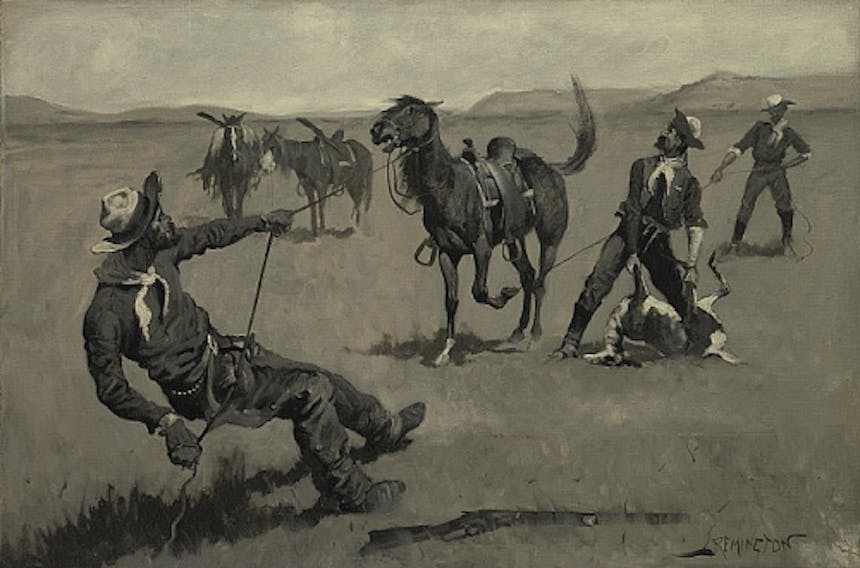
Frederic Remington’s painting Teaching a Mustang Pony to Pack Dead Game (circa 1890)
Over the years, the wild horse became ingrained in the American consciousness through other art forms — literature, music, advertising, even children’s toys. Generations of young boys played with cowboy and Indian figures astride wild horses, first cast in lead and later molded plastic in a variety of colors and sizes. Comic books from the Silver Age with titles such as Red Ryder and Tomahawk carried on the tradition of wild horses as companions to Western heroes and villains alike.
Films of the 20th century offered a view of the wild horse as a symbol of the West. In Hombre (1967) based on the novel of the same name by Elmore Leonard, Paul Newman stars as an Apache-raised white man intent on corralling wild horses in an arroyo at the start of the film (the studio using actual wild horses for the scene). Early television from the 1950s and 1960s reinforced the image of the wild horse for audiences nationwide though a new era of entertainment technology, with Western dramas played out in dinner-hour TV shows such as Gunsmoke, Bonanza, Have Gun—Will Travel, and The Virginian. The lead-in scene for the HBO historical drama Deadwood (2004 to 2006) featured a wild mustang galloping through the muddy thoroughfares of the 1870s gold rush camp.
The notion of the wild horse as emblematic of untamed passion was widely used by songwriters and musicians. The Rolling Stones’ Wild Horses, with its refrain “Wild horses couldn’t drag me away,” was one example that echoed the freedom in society so many people sought during the era of “free love” in the late ‘60s and early ‘70s. Over and over again in American popular culture, we see the recurring image of a multitude of wild horses racing in a line over mountains and prairies and through water. One memorable example from the late 1970s is the cover for the album “Against the Wind” by Bob Seger & the Silver Bullet Band (1979).
Another lasting tribute to these animals can be found in central Washington state. Here visitors can see the Wild Horses Monument, which features a galloping procession of 15 horses rendered in welded and polished steel. The life-size sculpture is visible for miles around, from the crest of a bluff overlooking the Columbia River near Vantage, Washington. Officially titled Grandfather Cuts Loose the Ponies, it was first installed in 1989 by Chewelah sculptor David Govedare.
Originally, 18 horses were planned for the site as part of the Washington Centennial. Visitors can view them up close via a short hike, but the entire “herd” is just as easily enjoyed from a distance, while passing below on Interstate 90.
Each of the horses is shown mid-stride: manes ablaze, while tails swish out from behind. The rust coating is a nice natural complement to the arid surroundings and invokes the coloration these horses would have in the wild. The entire group conveys motion frozen for an instant and captures the spirit of the wild horse in its entirety. The artist, Govedare, plans to add new horses to the sculpture, to further reinforce the significance of the horse both as a symbol of Native American identity and as a cultural icon shared throughout the West.
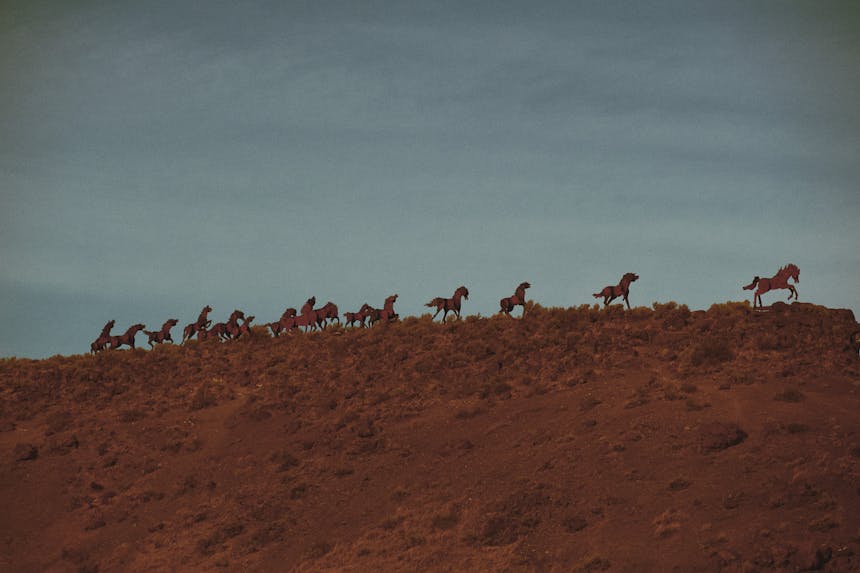
The reality of the wild horse today is one of cautious optimism, with their continued existence in the wild at stake. Two federal agencies, the Bureau of Land Management (BLM) and the United States Forest Service (USFS), are responsible for the management of wild horses on public lands. The BLM has 26.9 million acres of such lands with a total population of 88,100 horses: approximately three times higher than the target population of 27,000 horses for maintaining a healthy desert ecosystem.
In 1971, when Congress signed into law the agencies’ role for managing the wild horse populations, the BLM established an annual adoption program to help address the increase in numbers each year—15-20 percent population growth annually. For a nominal fee, and following an interview with prospective owners, wild horses are adopted for a yearlong probationary period by people ranging “from novice horsemen, to expert trainers showing the animals in worldwide contests,” according to BLM spokesman Jason Lutterman. During this probationary period, BLM retains ownership of the wild horses and conducts follow-up inspections and interviews to ensure the animals are cared for and not abused (among the adoption requirements is a six-foot-high fence to keep horses contained). The East Coast is one of the largest destinations for adopted wild horses, with California and the Southern states (Texas) also popular homes for horses of all ages, both mares and stallions.
The wild horse is a staple of Wild West legends and its romanticized history and promises to remain so for generations to come.
